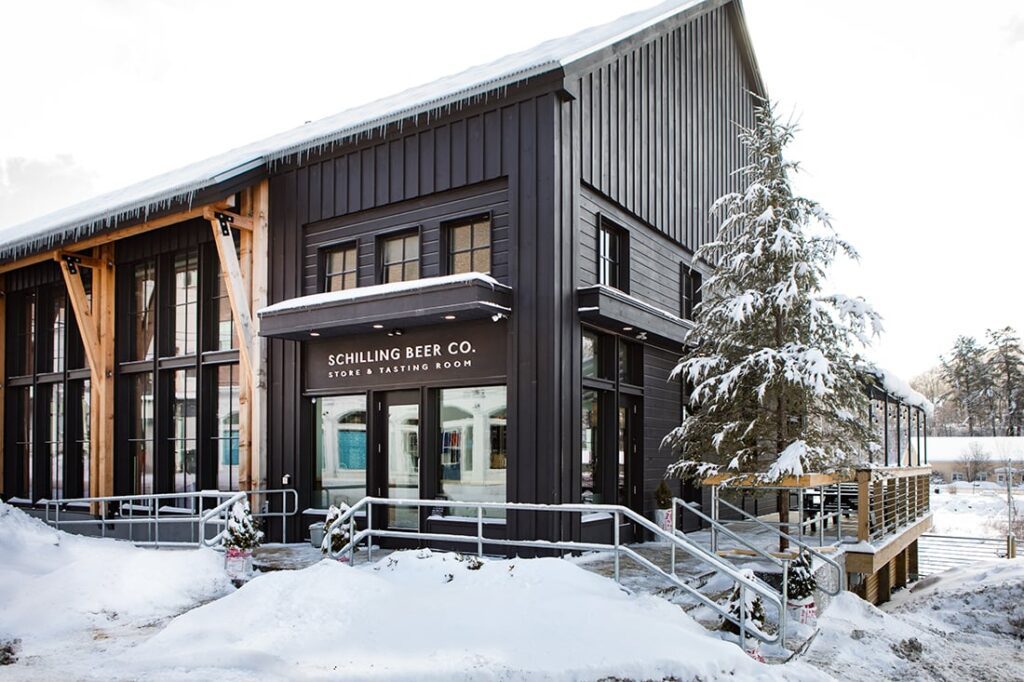
Running a brewery is a labor of love, filled with the thrill of crafting unique brews and seeing satisfied customers. But beneath the frothy surface, there’s a steely challenge that all brewery owners face—managing cash flow, especially through the highs and lows of seasonal demand. This blog post is here to help you master the art of financial management, ensuring your brewery thrives year-round, regardless of the season.
Understanding the Seasonal Cycle of a Brewery
Breweries, like many seasonal businesses, experience fluctuations in demand throughout the year. Understanding this cycle is fundamental to managing cash flow effectively.
Peak and Off-Peak Seasons
Typically, breweries see a surge in business during warmer months. People flock to beer gardens, festivals, and outdoor events, eager to quench their thirst with your refreshing brews. Holidays and special events also contribute to peak seasons. Conversely, the colder months tend to slow down, with fewer patrons braving the chill for a pint.
Factors Affecting Seasonal Demand
Several factors influence these seasonal changes. Weather plays a massive role—sunny days naturally attract more customers. Additionally, holidays like the Fourth of July or Christmas bring in crowds looking to celebrate with a drink. Local events, such as Oktoberfest or neighborhood festivals, also drive traffic. Recognizing these patterns is the first step in crafting a solid strategy.
Strategies for Managing Cash Flow During Peak Seasons
During peak times, it’s crucial to maximize revenue and prepare for the leaner months ahead. Here’s how to make the most out of these busy periods.
Maximize Revenue
Focus on enhancing the customer experience to boost sales. Introduce limited-edition brews or seasonal flavors that create buzz and draw in crowds. Consider offering merchandise like branded glasses or T-shirts to supplement your income. Hosting special events, such as brewery tours or tasting sessions, can also attract more visitors. .
Inventory Management and Forecasting
Efficient inventory management ensures you have enough supplies to meet demand without overstocking. Use historical sales data to forecast needs accurately. Implement a robust inventory system to track stock levels and reduce waste. Collaborate with suppliers to secure favorable terms, especially during high-demand periods.
Leverage Special Events and Promotions
Special events can significantly boost sales. Plan promotions around holidays or local events. Partner with food trucks or local bands to create a festive atmosphere. Consider loyalty programs or special discounts for repeat customers to encourage them to return.
Preparing for Off-Peak Seasons
While peak seasons are exciting, off-peak times require careful planning and creativity to maintain cash flow.
Importance of Financial Planning and Saving
Saving during peak seasons is essential. Set aside a portion of your profits to cover expenses during slower months. Create a detailed budget that includes all fixed costs, such as rent and utilities, and variable costs like raw materials. Regularly review and adjust this budget as needed.
Diversifying Revenue Streams
Diversifying your income can buffer against seasonal slowdowns. Host events like trivia nights or live music performances to draw in crowds. Offer seasonal products like winter warmers or holiday-themed brews. Collaborate with local businesses to create unique experiences, such as beer and cheese pairing nights. Even implementing a recurring revenue model for mug clubs and loyalty programs can help bring revenue up during slower months
Cost-Cutting Strategies
Reducing costs without compromising quality is key. Negotiate with suppliers for better rates or consider bulk purchasing to save money. Working with suppliers to extend payment terms will allow you to sell more product before paying for the ingredients. Streamline operations by optimizing staff schedules and reducing energy consumption. Explore alternative marketing strategies, such as social media campaigns, that are cost-effective yet impactful.
Utilizing Technology and Tools for Financial Management
Technology can be your best ally in managing cash flow and inventory efficiently.
Software and Apps for Cash Flow Management
Invest in financial management software tailored to small businesses. Tools like QuickBooks or Xero offer comprehensive solutions for tracking income, expenses, and cash flow. They provide real-time insights, helping you make informed decisions. Work with a Business Advisor or accountant to forecast cash flow using specialty tools like Fathom or Cashflow Frog.
Inventory Management Tools
Effective inventory management tools, such as Unleashed or DEAR Inventory, can streamline your operations. These platforms track stock levels, forecast demand, and generate purchase orders automatically. They help minimize waste and ensure you’re always ready to meet customer demand.
The Path to Year-Round Success
Managing cash flow in a seasonal business like a brewery is challenging but achievable with the right strategies. By understanding your seasonal cycle, maximizing revenue during peak times, preparing for off-peak seasons, leveraging technology, and learning from others, you can ensure your brewery thrives year-round.
Ready to take your brewery to the next level? Get in touch by clicking the Get Support button at header of this blog. Cheers!
